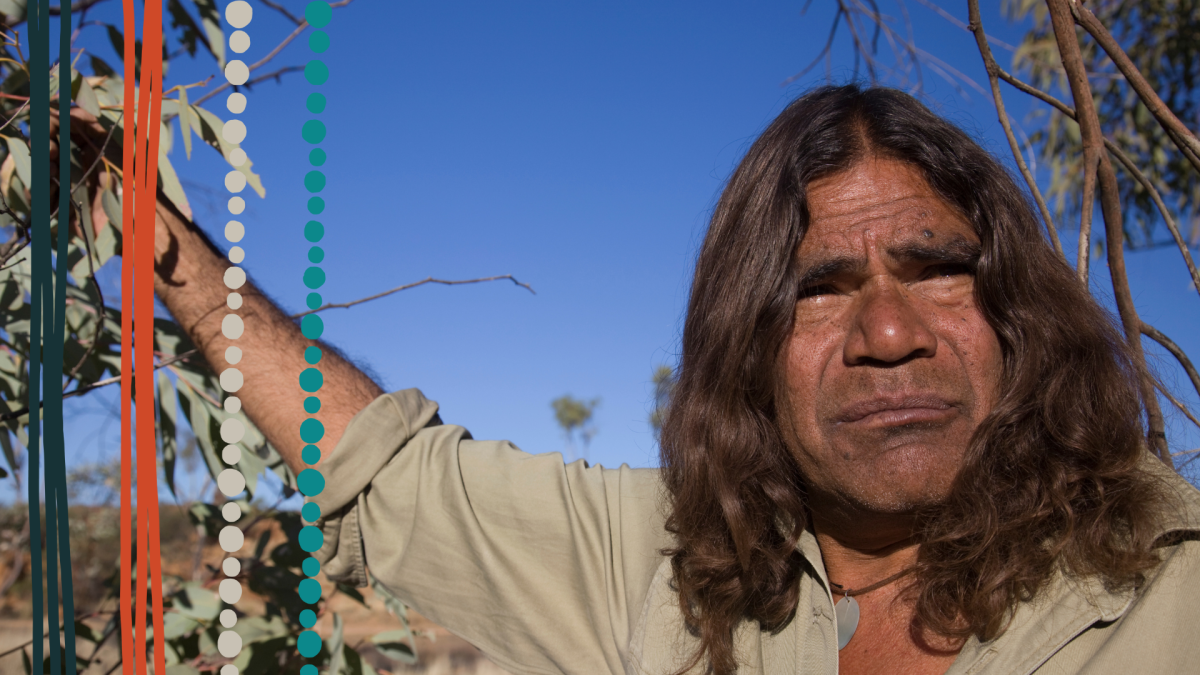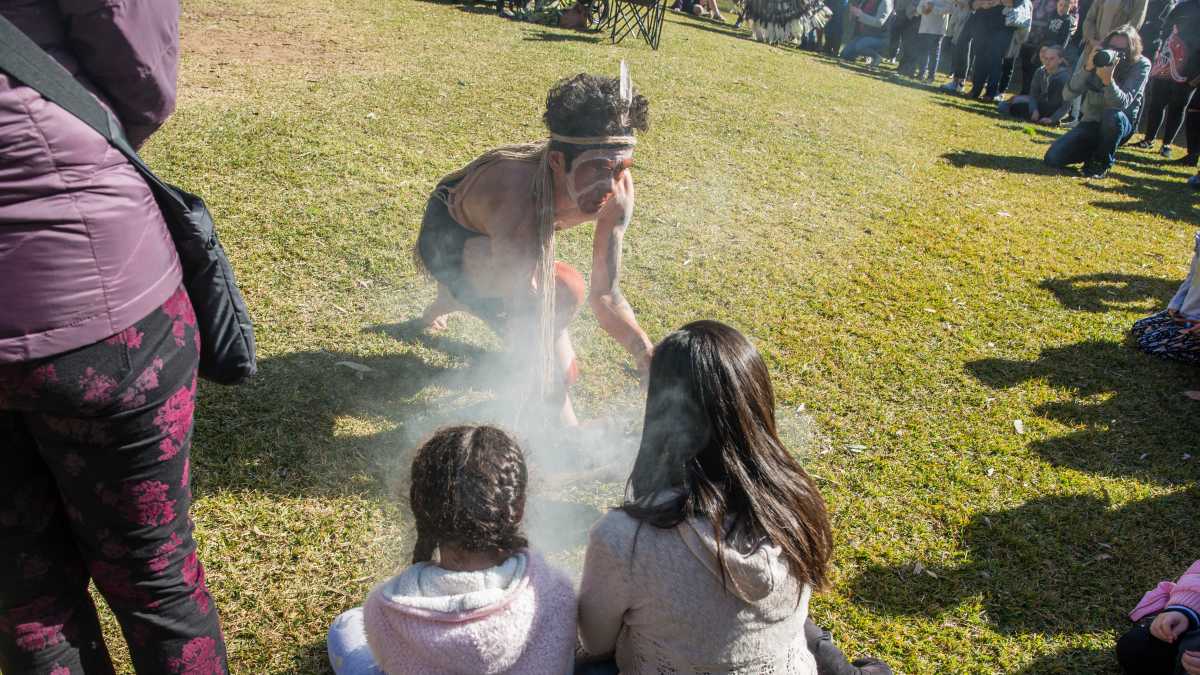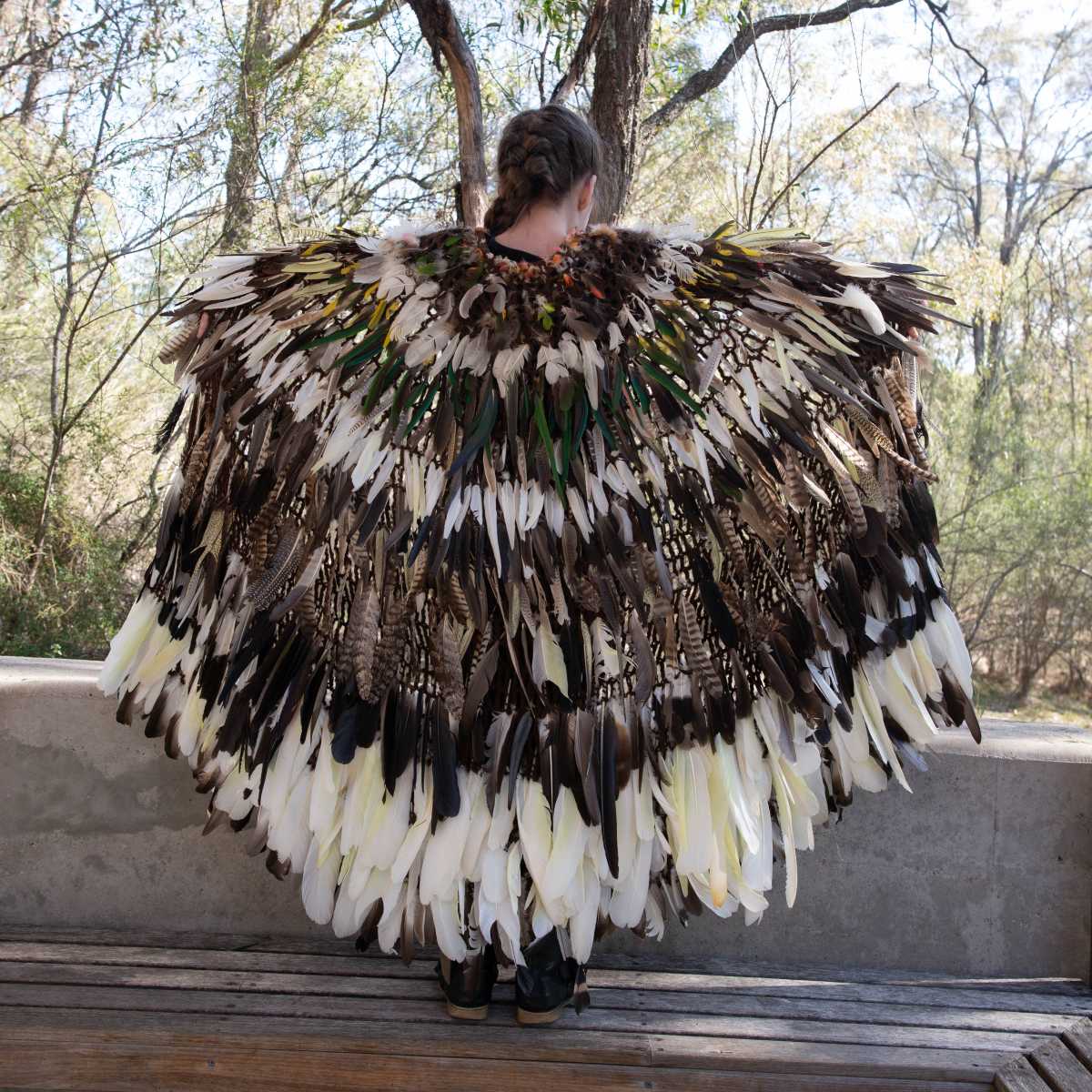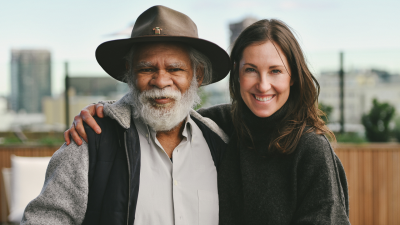Learn how you can acknowledge and pay respect to Aboriginal and Torres Strait Islander peoples as the Traditional Owners and ongoing custodians of the land.

This week is NAIDOC Week (3 July – 10 July), a week to celebrate the history, culture, and achievements of Aboriginal and Torres Strait Islander peoples. NAIDOC Week is also a great opportunity to learn more about Aboriginal and Torres Strait Islander communities, customs and protocols.
One essential thing you can learn this week is the difference between a Welcome to Country and an Acknowledgement of Country. Both ceremonies are long-standing greetings used by Aboriginal people for thousands of years to greet and welcome visitors crossing traditional boundaries.
The rituals of Welcome and Acknowledgement are essential in demonstrating that Aboriginal culture and ceremony are living and enduring through the maintenance and practice of such ceremonies and protocols.
It is important that community figures take every opportunity to participate in and celebrate these rituals, particularly non-Aboriginal people. We have put together some information to help you acknowledge and pay respect to the Traditional Owners of the land of your events and meetings.
Welcome to Country
A Welcome to Country is a formal ceremony where an Aboriginal or Torres Strait Islander Elder welcomes everyone in attendance at an event to their country. It is best practice that a Welcome to Country ceremony is conducted at official events, major public forums and functions.
The ceremony should occur in the opening moments of an event as the first item to welcome visitors and show respect for Country.
Welcome to Country ceremonies differ across locations and practices of Aboriginal communities, however, they may include a speech, a song, a traditional dance, a performance, a smoking ceremony or a combination of these. The ceremony may be conducted in the Traditional Owner’s and Custodian’s language or English.
A Welcome to Country ceremony can only be delivered by a local Elder or representative of the Elders of the Country where an event is being held.
To arrange a Welcome to Country for an event you should contact your local Aboriginal Land Council or Native Title representative body. Ensure that you allow time for consultation and negotiation with local Aboriginal and Torres Strait Islander communities when planning your event. Such an arrangement may also incur a fee for the time spent and access to intellectual property.

Acknowledgement of Country
An Acknowledgement of Country pays respect to the Traditional Owners and Custodians of the Country where an event is being held. Any person can offer an Acknowledgement of Country which should be performed at the beginning of a meeting or event.
If your event has a Welcome to Country ceremony, to show respect for the Traditional Owners and Custodians, people can also choose to Acknowledge the Traditional Owners and Custodians following the Welcome to Country ceremony.
How to deliver an Acknowledgement of Country
There is no specific way to make an Acknowledgement of Country. An Acknowledgement can be spoken written or signed. Your choice of words can vary, however, it is important to be sincere and do some research on the Country you are acknowledging so you can be accurate and specific to place.
If you can identify the name of the peoples whose land you are gathered on you can use the below template:
‘I would like to begin by acknowledging the Traditional Owners and Custodians of the land on which we meet today, the (people) of the (nation), and pay my respects to their Elders past and present, as well as to emerging leaders. I extend that respect to Aboriginal and Torres Strait Islander peoples here today.’
To find out what Country you are on, visit the AIATSIS Map of Indigenous Australia.
If you don’t know the name of the people on whose land you are gathered, or if multiple Aboriginal peoples identify as Traditional Custodians for that area, you can use the below template:
‘I would like to begin by acknowledging the Traditional Owners and Custodians of the land on which we meet today and pay my respect to their Elders past and present, as well as to emerging leaders. I extend that respect to Aboriginal and Torres Strait Islander peoples here today.’
In your Acknowledgement of Country, you can also thank the Traditional Custodians for caring for Country for thousands of generations. You may also like to acknowledge that Aboriginal and Torres Strait Islander sovereignty was never ceded, this continent always was and always will be Aboriginal land.

Now you know how to do it, we encourage you to integrate Acknowledgements to Country in your workplaces, meetings, events or even with your family and friends.
For more information about Welcome to Country and Acknowledgement to Country practices visit the Reconciliation Australia website.


